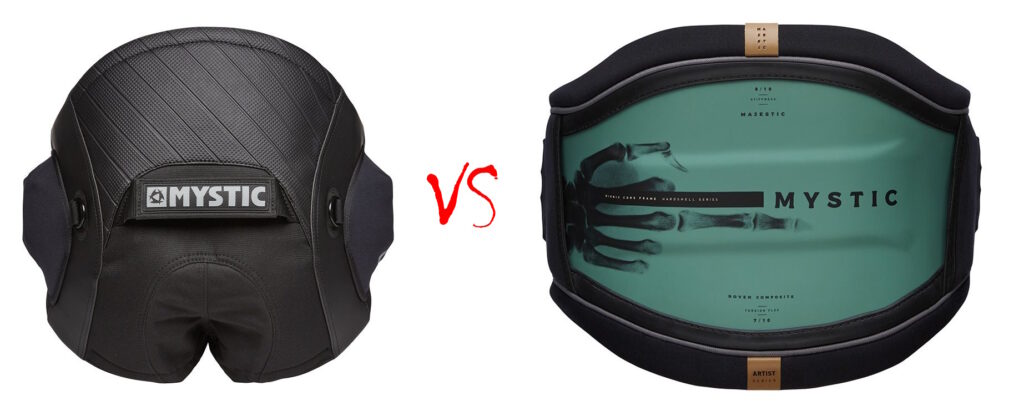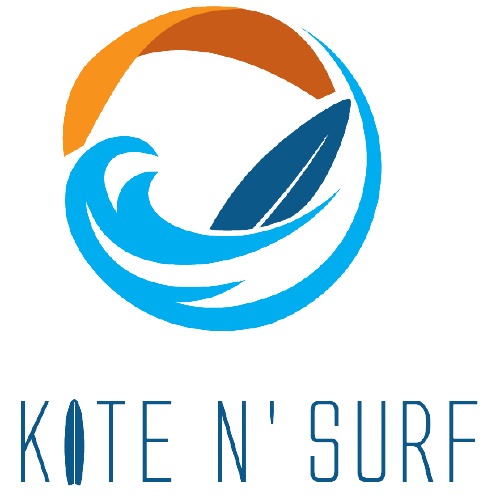What To Choose – Seat or Waist Harness?
So, you’re about to learn kitesurfing.
Are you excited?
One of the most frequently asked questions from new kite surfers is this…
“Am I going to buy a seat or waist harness?”
It’s kinda confusing if you’re just a beginner. Despite all the information that has been scattered all over the web, the answer should all boil down to your preference. Each type of harness has its own strengths and weaknesses.
While it is advisable to make your buying decision in a kiteboarding shop where you can test and try different styles, not everyone can have that privilege. So for this reason, we will try to break down each type so you can make your assessment and find out which one is best suited for you.
In this article, we’ll discuss the advantages and disadvantages of both kitesurfing harnesses. Let’s see which one is a good fit for your needs.
HISTORY AND DEVELOPMENT
Kailua Hawaii, 1974. Ken Kleid and Pat Love developed the first functional harness. It is made up of a vest-like nylon jacket that has a hook attached to it.
In 1975, Robby Naish began using a kite harness in Kailua. He was 12 years old. Apparently, he’s having trouble with the hook. The force from the hook painfully squeezes his chest and it’s very uncomfortable for the young windsurfer. Because of this, Larry Stanley and Mike Horgan developed a spreader bar to balance the load and prevent the harness from pressing the rider’s chest. Eventually, the spreader bar became widely used.
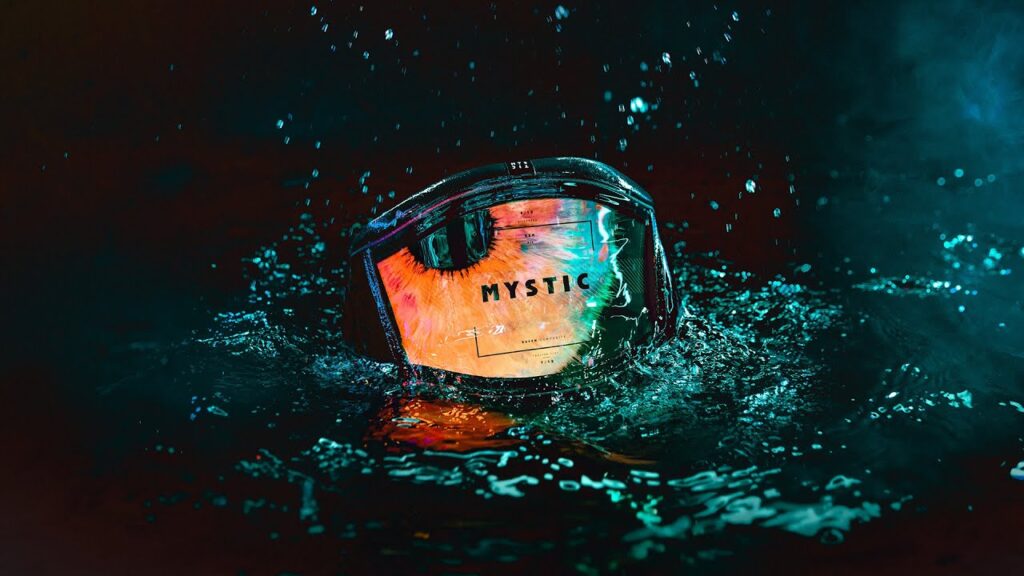
Through the years, many companies have made major innovations on the harness to make it more efficient and safe to use.
A kitesurfing harness is one of the most important pieces of equipment in your arsenal as a kite surfer. It helps to reduce muscle fatigue and provides support to your body. It also allows you to steer the kite with one hand as it works as a center of gravity. Furthermore, it reduces some workload from your arms as it uses your body to pull the kite.
So which harness should you pick? Let’s take a closer look at these two different harnesses:
The seat harness is almost identical with a rock climbing harness (it’s just more padded). It has a large Velcro waistband and straps around the legs to provide support and to make sure it is firmly attached to your body.
What makes this harness quite popular for beginners? Well, it actually uses the strength of your legs instead of your core muscles while you learn to ride. Therefore, you won’t feel much pressure in your abdominal muscles while surfing.
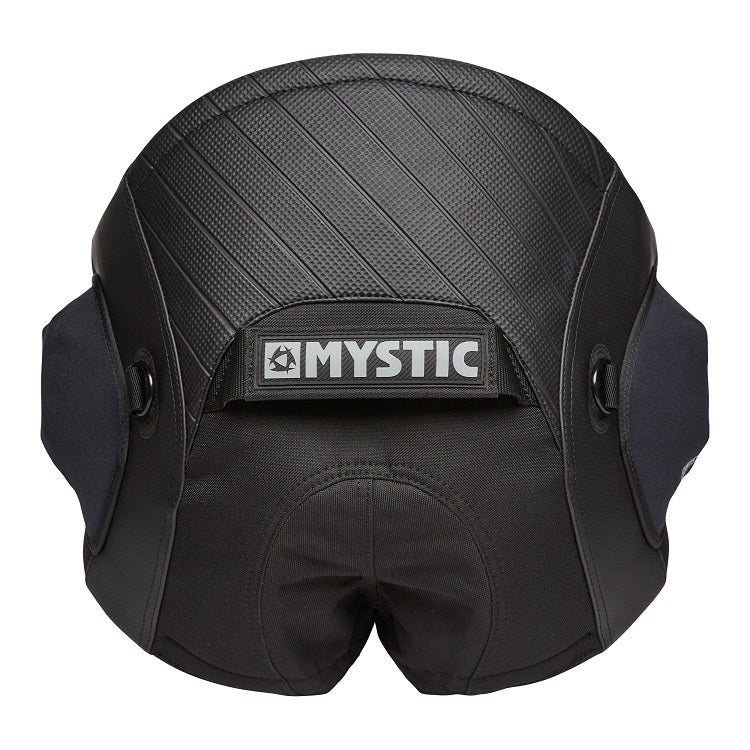
Pros
- Perfect choice for people with back problems as it takes away the pressure off your back. It also provides more support and stability due to the lower Centre of Gravity.
- Fits well around the hips and it is positioned better for the rider’s center of gravity. Hence, making learning easier for beginners especially in case of stronger winds as it allows to have more stability on the board.
- The leg straps help stop the harness from riding up. A good choice for beginners who tend to position the kite at 12 o’clock.
- The best choice for kite foil riders as it lowers the center of gravity helping to create bigger resistance to the kite pull when over powered during high speed.
Cons
- Bulkier compared to waist harness so it affects your movement. Furthermore, the seat harness won’t allow you to move comfortably as it is fixed in one position.
- If you’re not using your wetsuit, there’s a possibility that the leg straps will rub against your thighs and this is one of the main reasons why we don’t use the seal harnesses here in Dubai as most of the students tend to walk down the beach during their lessons.
The waist harness is quite popular among seasoned kite surfers. It fits around the abdomen and can be attached with one Velcro strap across your waistline. If you enjoy riding the waves and want more action, than waist harness is a perfect fit you.
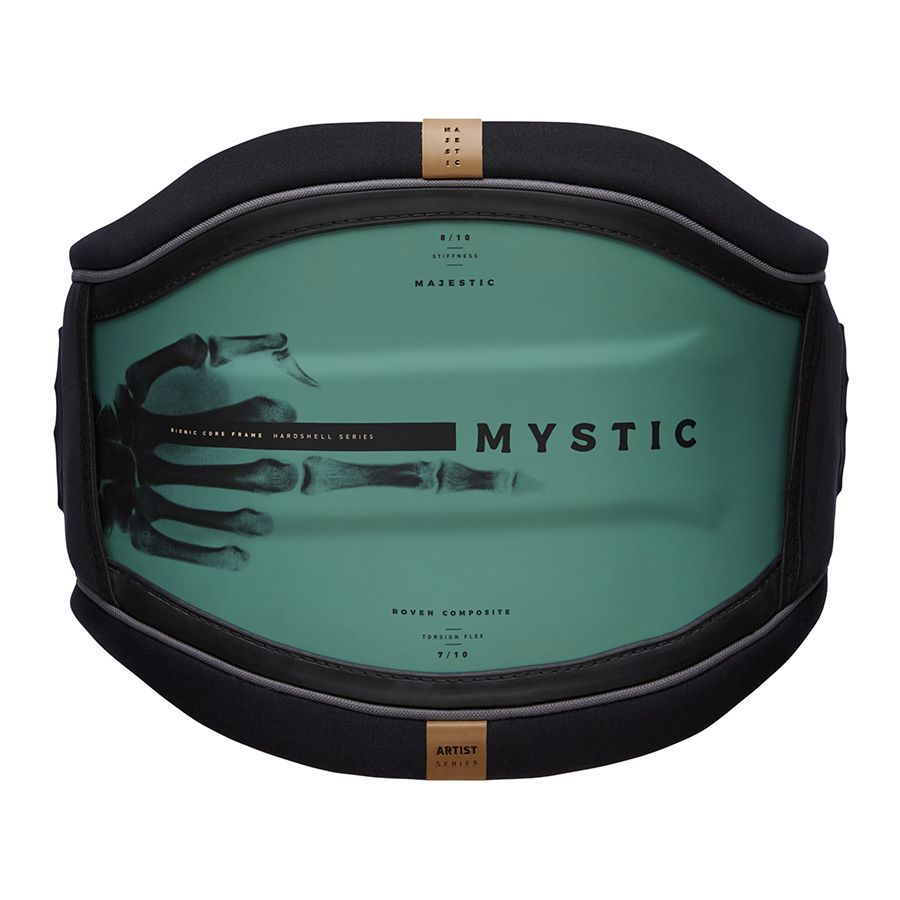
Pros
- They look better than the seat harness (you will look cooler)
- Very easy to put on and take off as there is only one strap to think about.
- They come in more creative designs so definitely you’ll have more choices
- More freedom of movement so it’s perfect for riding the waves, for jumping and for freestyle.
Cons
- They tend to ride up. Not quite ideal for beginners who usually position their kite at 12 o’clock but when riding most of the time you have the kite flying in front of you almost at 45 degrees so the waist won’t go up.
- It’s a bit more expensive than a seat harness.
- Sits slightly above most rider’s center of gravity. This makes it difficult for you to lean against the kite and put your weight on it when needed.
- Doesn’t Protect your lower rib during hard crashes.
CONCLUSION
There you have it! We hope you’ve learned a few tips on how to choose your kite surf harness. As a rule of thumb, your comfort should be your first priority when buying a kite surf harness. You should not buy just because it looks cool or stylish. In case you need assistance choosing the right harness you can visit our kite surfing shop in Dubai where you can try each type and see which one is more comfortable for you from the wide range of harnesses we have available from Brunotti, Mystic and Dakine.
You can get more information about kitesurfing harness in your local kitesurfing school. Getting a kitesurfing lesson in Dubai will help you gain a better understanding of the different types of kitesurfing equipment, and that includes the kitesurfing harness. Your instructor will provide an in-depth explanation of how each equipment works.

